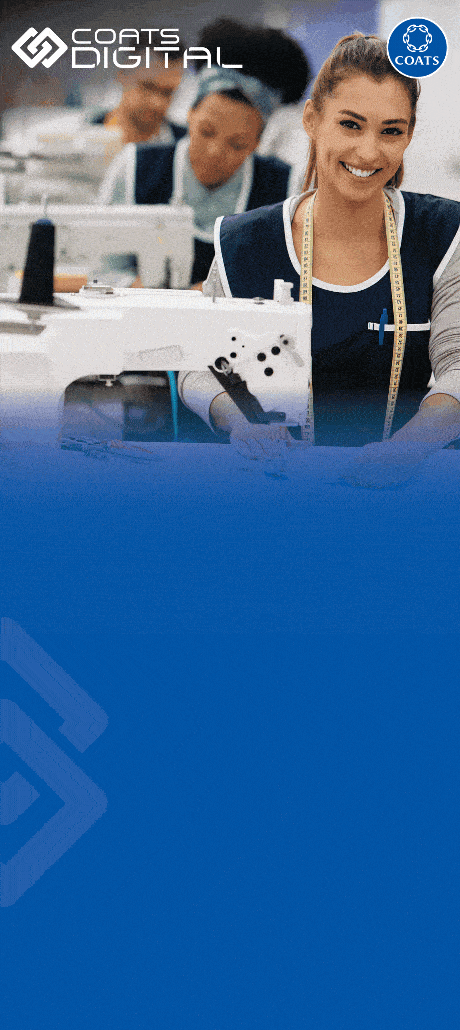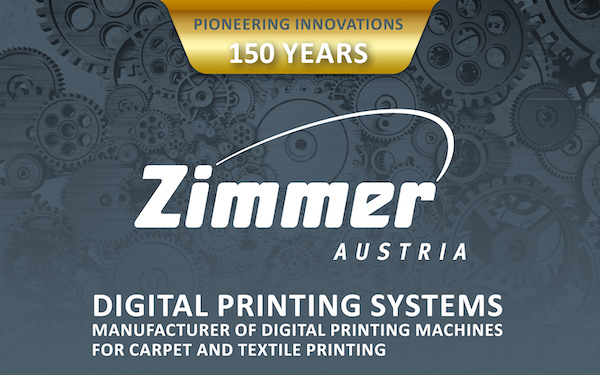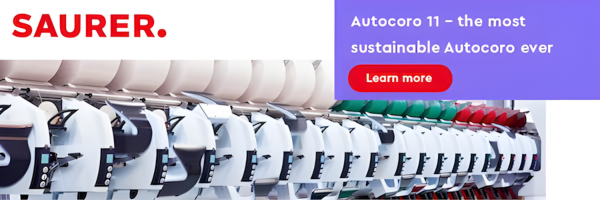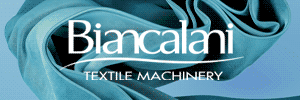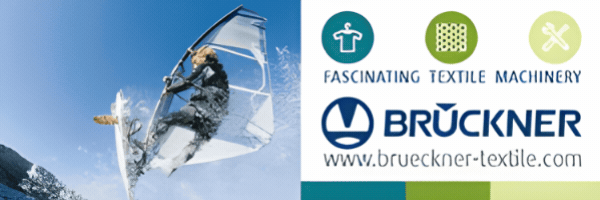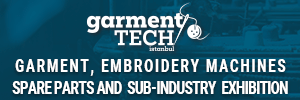Moroccan craftsmen are showcasing their handicrafts in a new exhibition titled ‘Morocco in Abu Dhabi’ at the Abu Dhabi National Exhibition Centre until March 19.
The exhibition is a platform that portrays the Kingdom of Morocco’s cultural and human heritage legacy, demonstrating that traditional Moroccan arts and crafts remain an integral element of the country, spanning hundreds of years of creativity and interaction between various peoples and civilisations.
The Moroccan craftsmen’s skill is reflected in the traditional exhibits on show, specifically in the precision of their structures and the expertise of their makers who have inherited some of these crafts from their ancestors through time. They handed down these traditional handicrafts to their children and grandchildren, enriching their art through design diversity and creativity to delight the senses.
The exhibition is showcasing engravings on wood, copper and silver, textile industry, wool weaving, carpets, embroidery, ceramic art and jewellery.
Some of Morocco’s most famous handicrafts are the art of engraving on wood sculpture, marble, copper, textile and ceramic tiles (Zellige) and the manufacture of copper and silverware, carpet fabrication, embroidery and jewellery design.
Engraving on wood, is one of the most creative and authentic arts from many cities in Morocco, where the manufacturer has, for hundreds of years, turned wood into a beautifully vibrant art form, transforming simple wooden panels into colourful and exquisitely designed doors, windows, boxes and ceilings. Engraving on wood is characterised by its various production stages, from dyeing, carving and engraving to assembly.
Engraving on copper and silver products is also significantly important for Moroccans and is used in their home decor, bride’s accessories, in the kitchen and at receptions, often being a popular gift. Copper and silver engraving and carvings are mostly found in markets and neighbourhoods in the old cities of Kfas, Meknes, Rabat, Marrakech and Tala, the largest copper and silver product export hubs in and out of Morocco.
Meanwhile, textiles are one of the oldest traditional industries in Morocco, mastered by Amazighs since ancient times, considered one of the most important elements of the Moroccan home furnishings. Moroccan textile products’ shapes, colours and decorations vary according to their manufacturing location, and Morocco hosts special markets for artisans to display their textiles.
Just the same, wool is one of the most important materials produced by Morocco. After the wool is gathered, the product is cleaned from impurities, washed and combed to be spun into ready-for-use threads and yarns. In spite of the simplicity of the weave used in textile yarn, wool products are extremely notable, especially those created by skilled Moroccan manufacturers.
Known for their Moroccan carpets, craftsmen manufacture them using natural materials derived from wool and silk and natural dye sources such as henna, saffron and pomegranate peel. While one form, the “zerbia”, is especially important for Moroccans, the kingdom is also famous for manufacturing various other types of carpet, such as the famous Amazigh rug and urban carpets with geometric shapes and distinctive patterns, among others.
Among other skills, embroidery involves skilled needlework applied to women’s clothing and for decorating home furniture. It requires the manufacturer’s utmost care, skill and patience. A number of Moroccan cities are famous for their own embroidery style: in Rabat women work in flat stitches, while in Fes, Meknes and Sala, seamstresses adopt the cross-stitch method. Moroccan women have also mastered modern forms of embroidery and used them to decorate fabrics, clothes and bridal wear.
In Morocco, craftsmen also create ceramic tiles from simple raw materials, such as clay, and using modest mechanisms they transform them into expressive art. Cutting, embossing and positioning are the three distinguished traits of the art of ceramic tiles production. After assembly, the tiles are used to cover floors, pavements, roofs and walls to form a charming painting of various colours and shapes.
Moroccan jewellery design is classified either as ‘urban’, based on gold and precious stones, and rural ornaments made of silver. The value of jewellery is not limited to just aesthetics and adornment, but also has social and symbolic implications. Men also have their own jewellery, usually limited to rings, prayer beads, daggers, swords and gunpowder containers —— some used daily and others, mostly ceremonial, according to the occasion.


